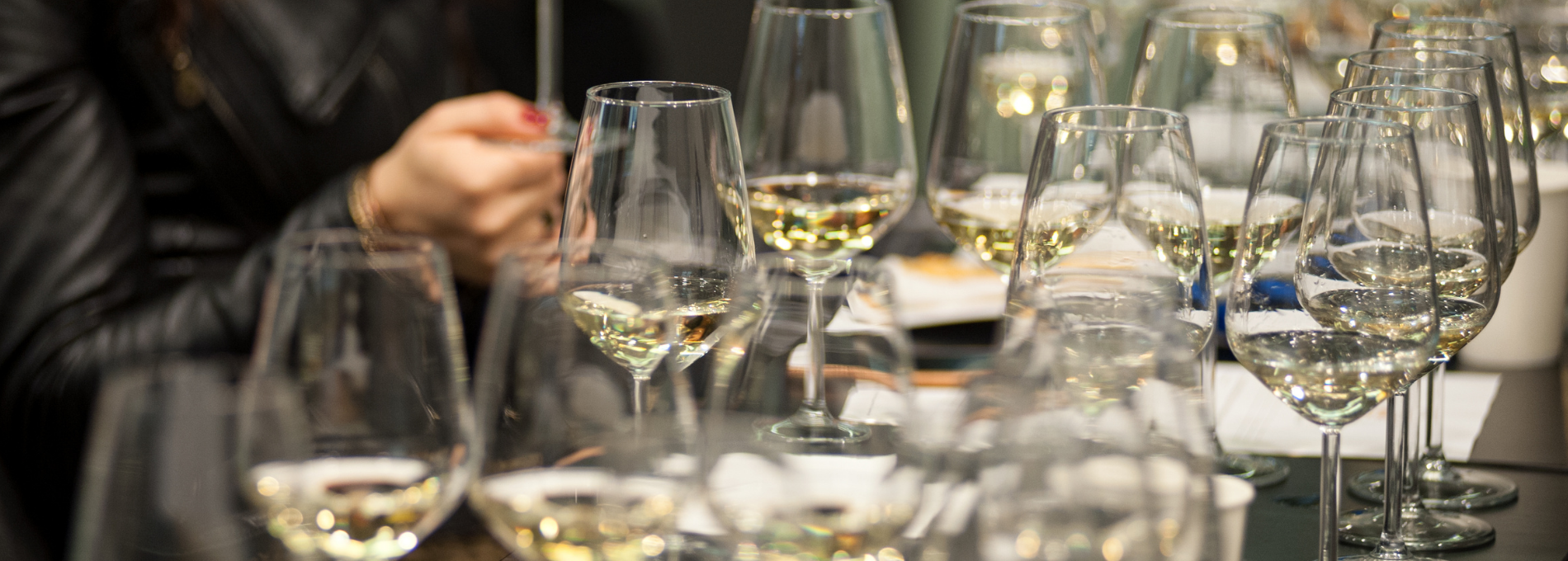Yesterday we already had the first overview of our South Tyrolean white wine varieties and today we would like to complete it. A few very tasty wines are still missing. So let’s get started right away.
The Riesling
This noble variety from Germany was brought to South Tyrol in the 19th century. In contrast to the German models, the wines here are fermented through and the majority are vinified with little or no residual sweetness. Especially in the cooler regions of the Eisacktal and Vinschgau, Rieslings with a fine peach and citrus aroma and a dancing, invigorating acidity are produced.
The Riesling goes perfectly with seafood, oysters, Asian dishes and starters.
The Sylvaner
In South Tyrol, Sylvaner is grown almost exclusively in the Eisacktal valley, where it particularly appreciates the cool but sunny slopes between 500 and 700 metres above sea level. Here, the variety develops both sufficient body and a pithy acidity. Typical for the Sylvaner is its mineral-fresh fragrance, underpinned by aromas of fresh herbs or hay.
With all kinds of starters, bacon, asparagus and fish, you can enjoy a glass of Sylvaner. It goes well!
The Müller-Thurgau
Named after the Swiss vine researcher Hermann Müller from Thurgau, this globally successful new variety produces particularly tangy, aromatic white wines. In addition to its typical muscat aroma, the variety develops a scent of elderflowers in the Eisacktal valley, in the warm Unterland region we tend to find aromas of nuts and stone fruits, while in the Vinschgau valley mineral notes and a discreet apple scent predominate.
A Müller-Thurgau is ideal with light starters, roasted freshwater fish or fresh cheese.
The Gold Muscat
It is quite possible that the Romans brought the Goldmuskateller to South Tyrol when they advanced into the valleys that belonged to ancient Rhaetia in 15 BC. Today, the variety is cultivated in warm areas of the Etsch Valley. With its pleasant muscat scent and distinctly sweet taste, the Goldmuskateller is a popular dessert wine and a perfect aperitif wine when vinified dry.
A Goldmuskateller goes well as an aperitif, with desserts or ripe blue cheese.
The Kerner
The cross between Trollinger and Riesling, named after the German poet Justinus Kerner, is mainly planted at higher altitudes in the Eisacktal and Vinschgau valleys because of its frost resistance. The variety produces racy, spicy wines with a subtle hint of nutmeg. Thanks to its rich aroma and fruity-fine bouquet, Kerner has the potential to become a new flagship of South Tyrolean wines.
We recommend a Kerner with starters, grilled fish or vegetable terrines.
So now you know the most important South Tyrolean white wine varieties. Which one do you like best?
To be honest, we can’t decide, because each one has its advantages and depending on the mood, the time of year and the food, they all go well.
Soon we will continue with the red wines. So stay tuned. Until then,



[…] week we introduced you to the South Tyrolean white wine varieties (Part 1 || Part 2) and gave you a small overview of their diversity. Today we want to take a closer look at the two […]